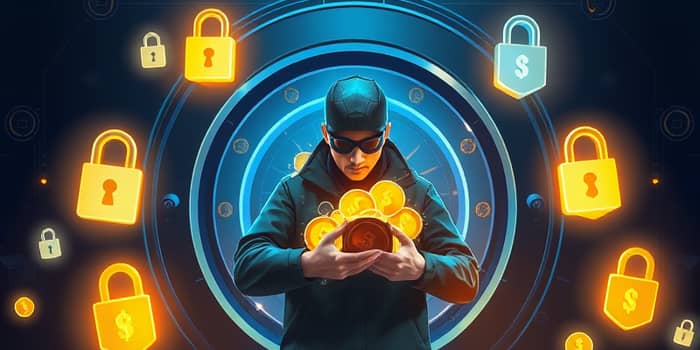
In the rapidly evolving world of cryptocurrency, each investor is the first line of defense against loss. With over $2.2 billion stolen in just the first half of 2025, the stakes have never been higher. This guide combines hard-hitting statistics, real-world breach examples, and actionable strategies to help individuals protect their digital assets and sleep soundly at night.
From state-sponsored hackers to phishing scams, the threat landscape is vast and complex. Yet by mastering core principles—from secure wallet selection to incident response planning—every investor can build a fortress around their holdings.
In H1 2025, the industry suffered record losses: 344 reported incidents, including 75 major hacks, with an average hack size of $30 million. The catastrophic $1.5 billion breach at Bybit alone accounted for nearly 70% of those losses. Meanwhile, sophisticated North Korean groups appropriated $1.6 billion, underscoring that attackers range from lone operators to state-sponsored teams.
These figures emphasize one immutable truth: private key management is paramount. When keys are lost or mismanaged, entire portfolios vanish. Therefore, understanding the scope and scale of these threats is the first step toward meaningful defense.
Individual investors face a spectrum of threats, each requiring distinct countermeasures:
Building a secure crypto portfolio starts with core principles. Investors must be deliberate in selecting wallets, managing keys, and hardening their devices. Below is a concise summary of critical areas and recommendations:
Regular software and firmware updates are critical, as they often patch the latest attack vectors. Pair these measures with a password manager and two-factor authentication to dramatically reduce vulnerability.
As portfolios grow, so must security sophistication. Seasoned investors should consider:
Turn these recommendations into action with a daily and monthly routine:
The path to crypto security is an ongoing journey, not a one-time setup. As attackers become more sophisticated and breaches grow larger, the individual investor must stay vigilant. Education, combined with disciplined implementation of technical safeguards, transforms uncertainty into confidence.
Ultimately, your actions determine the safety of your assets. By embracing these best practices, you not only shield your investments but also contribute to the overall resilience of the crypto ecosystem. Every secure wallet, every encrypted backup, and every practiced emergency drill pushes the industry toward a safer, more trusted future.
References













